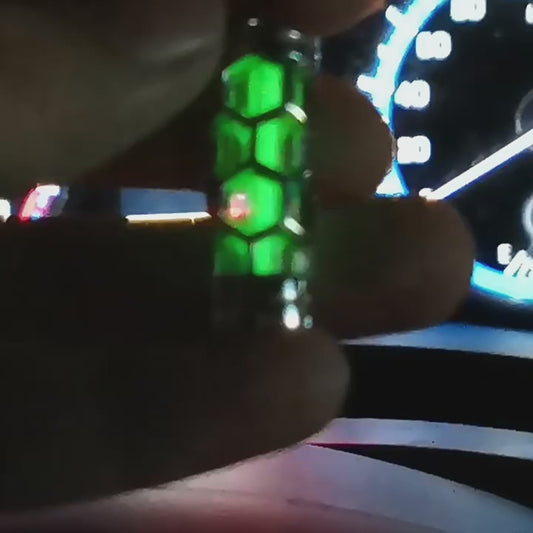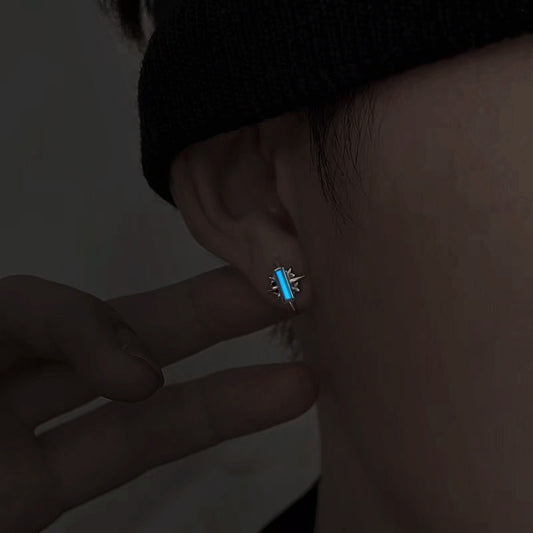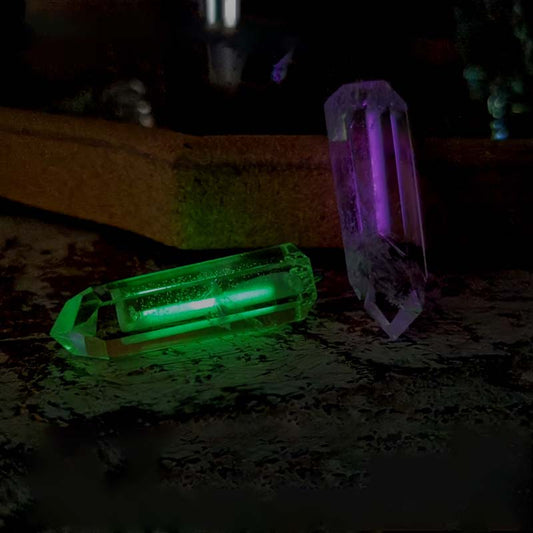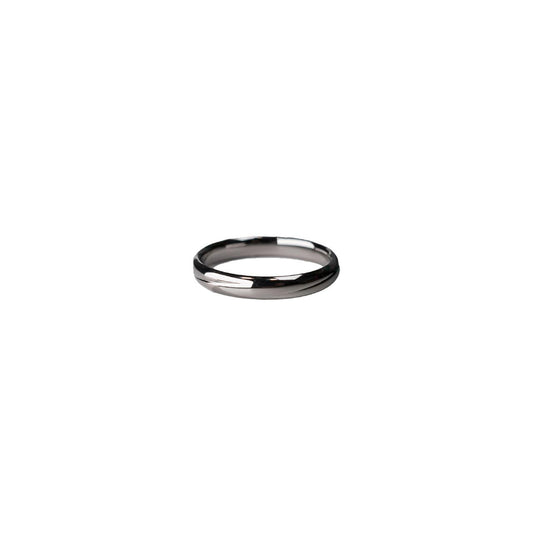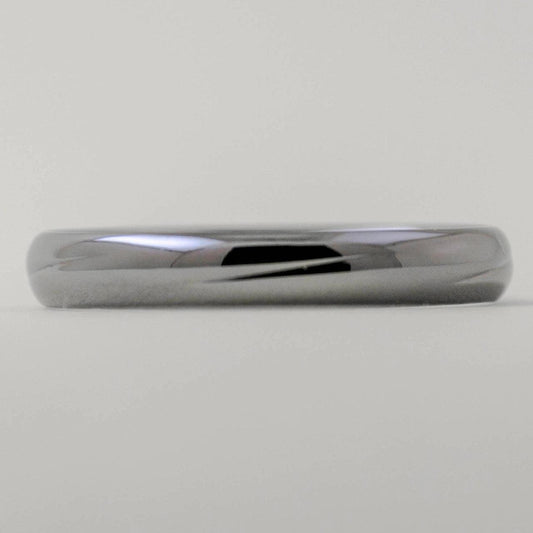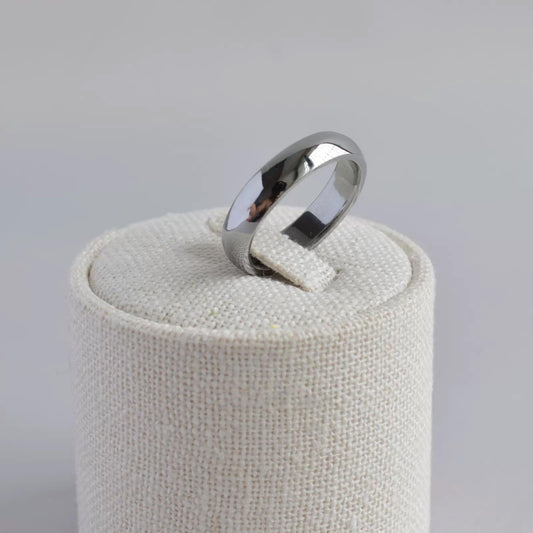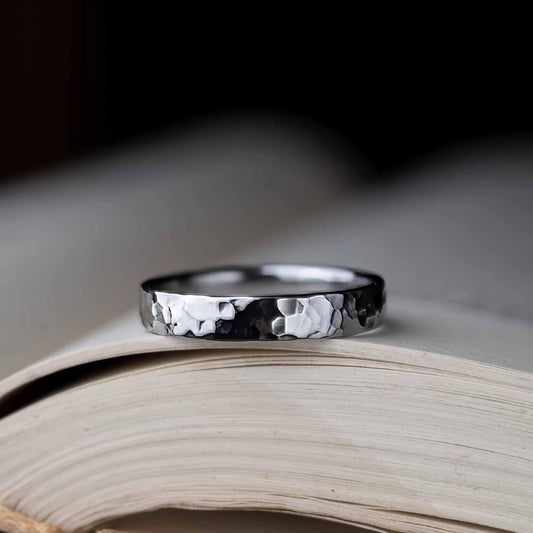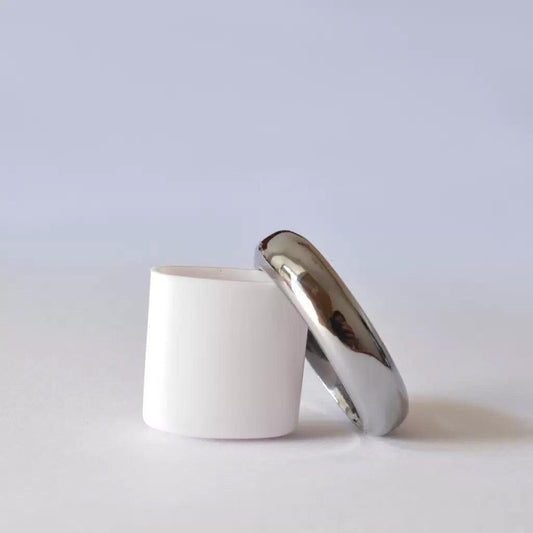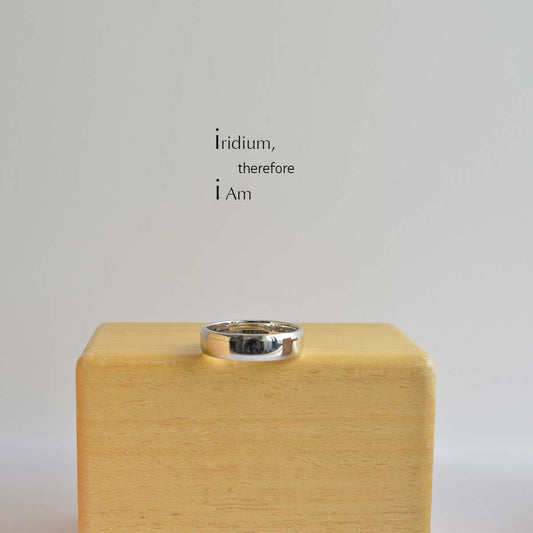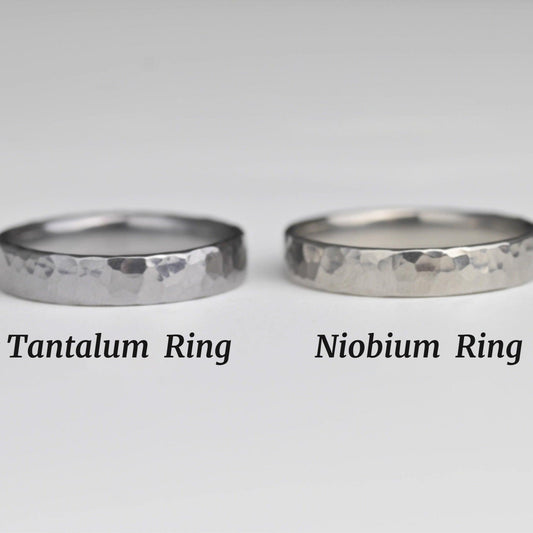The Shimmering Allure of Lab-Grown Green Diamonds
The Shimmering Allure of Lab-Grown Green Diamonds
Not too long ago, a friend of mine became practically obsessed with green diamonds—not your everyday gemstone fascination, but specifically those lab-grown marvels of modern science. By the time she explained her newfound interest during one of our regular coffee meet-ups, I was already fascinated. These diamonds, she informed me with all the vigor of a newly-minted expert, weren’t just about the sparkle. Their appeal lay in the story they told and the science behind their creation.
If you've ever marveled at the grassy hue of a natural Peridot or the rich depths of an Emerald, you might find lab-grown green diamonds captivating in a uniquely different way. Unlike their naturally-mined counterparts, lab-grown diamonds are cultivated in controlled environments, where factors like temperature and pressure are meticulously managed. With green diamonds, the color is achieved by introducing elements such as nitrogen or nickel during the growth process. The result? A stunningly vibrant stone that makes its own mark without claiming to be anything but itself.
The cultural relevance of green diamonds shouldn’t be underestimated either. In many traditions, green is associated with vitality, renewal, and prosperity—symbolism that resonates deeply in our eco-conscious age. Embracing lab-grown diamonds could be seen as a reflection of values, especially against the backdrop of sustainability and ethical sourcing conversations that have become so prominent.
Now, I have to admit, when my friend Katie started to rave about the eco-friendliness, at first, I rolled my eyes. It's the kind of buzzword everyone's been throwing around lately, and I didn’t expect much substance beyond the typical eco-chic marketing blurb. But as it turns out, lab-grown diamonds require significantly less land and reduce the carbon footprint associated with mining. Katie's argument was compelling enough to make me reconsider my briefly-held skepticism.
Another intriguing aspect is the style versatility these green diamonds offer. Their striking hue means they can be set in various metals—rose gold, white gold, or platinum—each bringing out a different shade of the stone's color. Whether it's a delicate pendant or a bold ring, the effect is arresting. I remember Katie showing me a picture of a vintage-style cocktail ring—a statement piece she had custom-designed. The green diamond at its center caught my eye, not just for its beauty but for the conversation it promised to inspire.
Fashion trends are an ever-changing beast, but there’s a timeless quality to these lab-grown gems. They fit seamlessly into both modern minimalism and vintage-inspired collections, offering a sense of individuality that doesn’t scream for attention but rather invites the curious seeker to take a closer look.
Our conversations about lab-grown green diamonds drifted into reflections on how much personal style has shifted in recent years. People seem to be moving away from ostentation for its own sake, opting more for elegance with a meaning, for stories that linger as much as the materials themselves.
In the end, it’s not just about the aesthetics or the bragging rights of having a rare gem in one's cache. It's about the journey, both in terms of personal discovery and in the broader narrative of how such jewels came to be. Lab-grown green diamonds are a testament to ingenuity and a reminder of the beauty that can emerge when science and creativity meet.
Who would have thought, sitting there with coffee cooling in my cup and listening to Katie’s animated descriptions, that I’d find myself drawn into her world of lab-grown green diamonds? Yet here I am, contemplating one quietly alluring gem, remembering how the conversation started, and realizing that sometimes beauty catches you unexpectedly, with a sly, shimmering wink.


